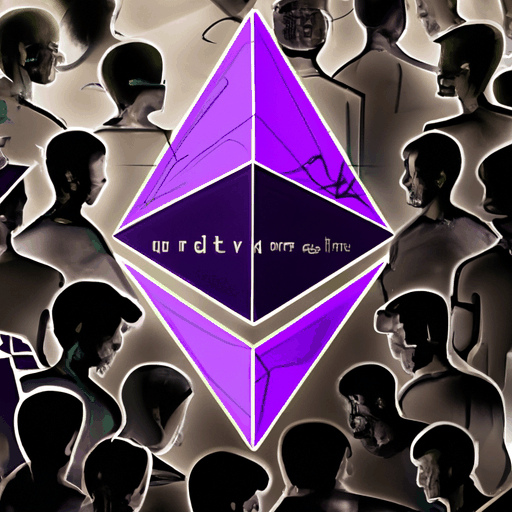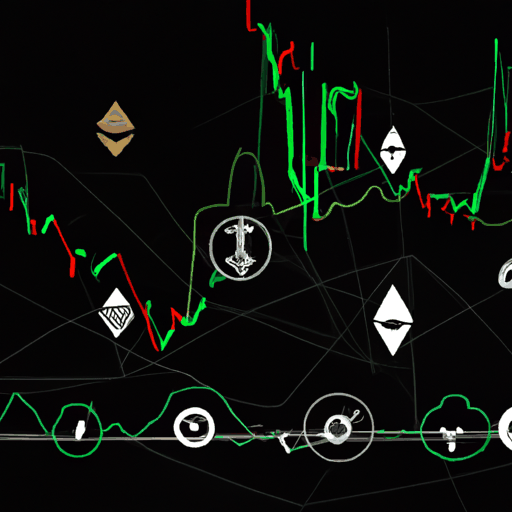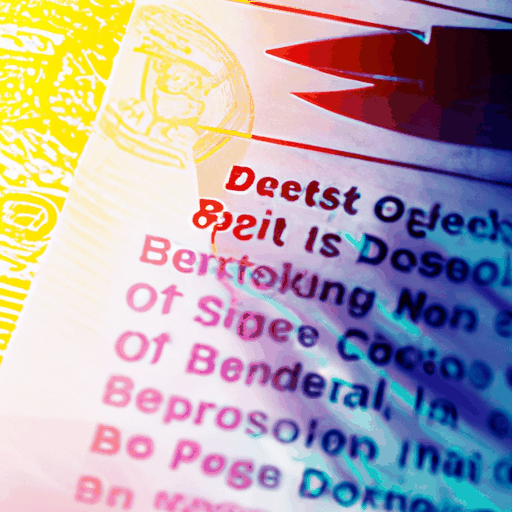
Vitalik Buterin Advocates For 'Ethereum Alignment' To Unite Ecosystem
By: Eva Baxter
In a recent blog post, Ethereum co-founder Vitalik Buterin has called on the diverse community of researchers and developers within the Ethereum ecosystem to strive for 'Ethereum Alignment.' Buterin emphasized that coordinating decentralization and cooperation among various independent projects is a crucial social challenge, noting, "The primary challenge is making sure that all these projects are, collectively, building something that feels like one Ethereum ecosystem, and not 138 incompatible fiefdoms."
The concept of 'Ethereum Alignment' seeks to unify the ecosystem towards common goals. However, Buterin acknowledged that the term has been "poorly defined" thus far. To address this, he proposed that the idea of alignment should be made more "legible," by breaking it down into specific properties and metrics that can be tracked to ensure applications adhere to Ethereum's long-term vision.
Four Key Metrics Of Ethereum Alignment
Buterin outlined several criteria to measure alignment, starting with open source. He explained that using open-source software not only ensures safety by keeping codes open and inspectable but also reduces proprietary lock-in and enables permissionless third-party improvements. Although not every part of an application must be open-source, Buterin emphasized that core infrastructure components critical to the ecosystem should be. He cited the definitions of FSF-free software and OSI open source as the "gold standard" in this area.
Open standards form the second criterion. Applications should aim to be interoperable with the Ethereum ecosystem by building on current and upcoming open standards. Common Ethereum standards include ERC-20 and ERC-1271, and Buterin suggests creating new ERCs when existing standards fall short.
Thirdly, Buterin highlighted the importance of decentralization and security. To avoid trust points and minimize the risks of censorship and dependence on centralized infrastructure, Buterin suggested applying the walkaway test and the insider attack test. In the walkaway test, applications should determine whether they can function if the team and servers disappear. The insider attack test assesses potential damage if the team itself attacks the system.
The final metric is a positive-sum approach. Projects should positively contribute to and benefit Ethereum's community, including ETH holders, users, and the broader global community. Possible contributions include using ETH as a token, supporting open-source technology, or donating tokens or revenue to public goods within the ecosystem. Buterin advised projects to reflect on whether they contribute to making the world a more open and free place, enable new forms of ownership and collaboration, or address critical challenges facing humanity.
Buterin's "ideal goal" is to see the emergence of more entities like L2beat, a layer-2 analytics platform, to track how closely projects follow Ethereum Alignment criteria. However, he cautioned that the Ethereum Foundation (EF) should distance itself from this process to maintain decentralization. He concluded that clearly defined criteria would help the EF and others decide which projects to support and use. Buterin stated, "If we do more to make different aspects of alignment legible, while not centralizing in one single 'watcher,' we can make the concept much more effective, and fair and inclusive in the way that the Ethereum ecosystem strives to be."



